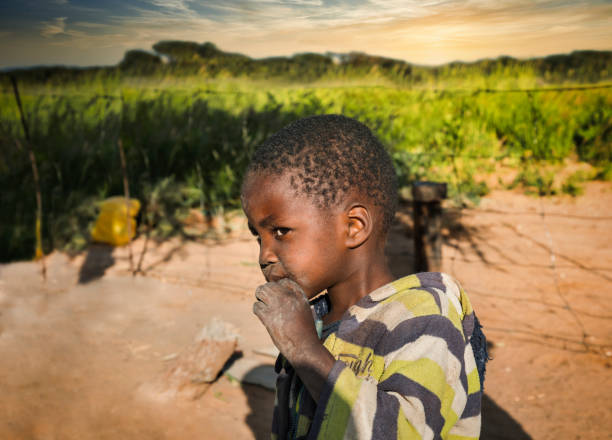Despite being frequently overlooked in favor of its adult counterpart, tuberculosis (TB) in children is a serious worldwide health issue that requires immediate attention and creative solutions from the pharmaceutical sector. Pediatric tuberculosis (TB) is a disease that is largely preventable and curable, but it still has devastating effects, especially in settings with limited resources. It is estimated that 1.1 million cases and over 200,000 deaths occur among children under 15 years old each year worldwide (WHO 2022). Developing and implementing successful interventions requires a thorough understanding of the particular features of this illness in young patients.
Diagnosing tuberculosis in children is more difficult than in adults. Non-specific symptoms, such as fatigue, fever, weight loss or failure to thrive, and a persistent cough, can coexist with other common childhood illnesses (CDC, 2016). Additionally, young children—particularly those under five, often have paucibacillary disease, meaning they have lower bacterial loads in their sputum. This makes traditional sputum smear microscopy, a common diagnostic tool in adults, less effective. Consequently, many cases go undiagnosed or are diagnosed late, increasing the risk of severe disease and mortality. The development of sensitive, rapid, and child-friendly diagnostic tools remains a critical unmet need that the pharmaceutical sector is actively working to address.
Children usually contract an infectious disease through close contact with an adult, usually a household member, who is contagious. In addition to being more vulnerable to severe and widespread forms of TB, like TB meningitis, which can cause lifelong disability or death, young children are also more likely to progress from TB infection to active disease, especially if they have immature immune systems or co-morbidities like HIV infection or malnutrition.
There are particular difficulties in treating TB in children. For drug-susceptible TB, standard treatment regimens are lengthy, usually lasting six months, and involve a combination of medications (WHO, 2022). Families may find adherence challenging, and treatment has historically been made more difficult by the lack of kid-friendly formulations that are palatable, appropriately dosed, and simple to administer. Encouragingly, significant strides have been made in recent years with the introduction of dispersible, fixed-dose combinations (FDCs) for children, a development heavily supported by pharmaceutical innovation and global health partnerships. However, the emergence of drug-resistant TB (DR-TB) in children is an increasing concern, necessitating even longer, more complex, and potentially more toxic treatment regimens The pipeline for new, safer, and shorter anti-TB drugs suitable for children, particularly for DR-TB, is an area of active research and vital importance.
In the battle against pediatric tuberculosis, the pharmaceutical sector is essential. It is crucial to keep funding research and development for new vaccines, kid-friendly medication formulations, and better diagnostics. Furthermore, to guarantee fair access to these life-saving advancements and to fortify health systems to efficiently diagnose, treat, and prevent tuberculosis in this susceptible population, cooperative efforts with governments, international health organizations, and healthcare providers are essential. We can get closer to exposing and eventually getting rid of this silent threat by concentrating on the unique needs of children.
References:
[1] World Health Organization (WHO). (2022). Guidance for national tuberculosis programmes on the management of tuberculosis in children (Second edition).
[2] UNICEF Data. (2023). Tuberculosis in children and adolescents.
[3] Centers for Disease Control and Prevention (CDC). (2016). Tuberculosis (TB) Disease: Symptoms & Risk Factors.
[4] The International Union Against Tuberculosis and Lung Disease (The Union). (n.d.). Childhood Tuberculosis.
[5] World Health Organization (WHO). (2022). WHO consolidated guidelines on tuberculosis: Module 5: Management of tuberculosis in children and adolescents.11





